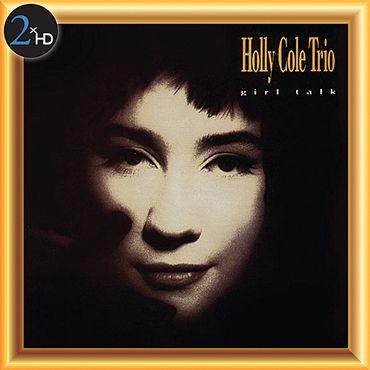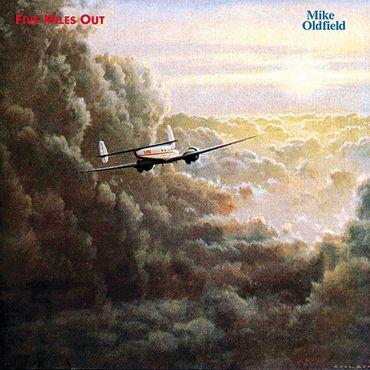LATEST ADDITIONS
|
Jan 01, 2014
|
Jan 01, 2014
|
Dec 01, 2013
|
Dec 01, 2013













